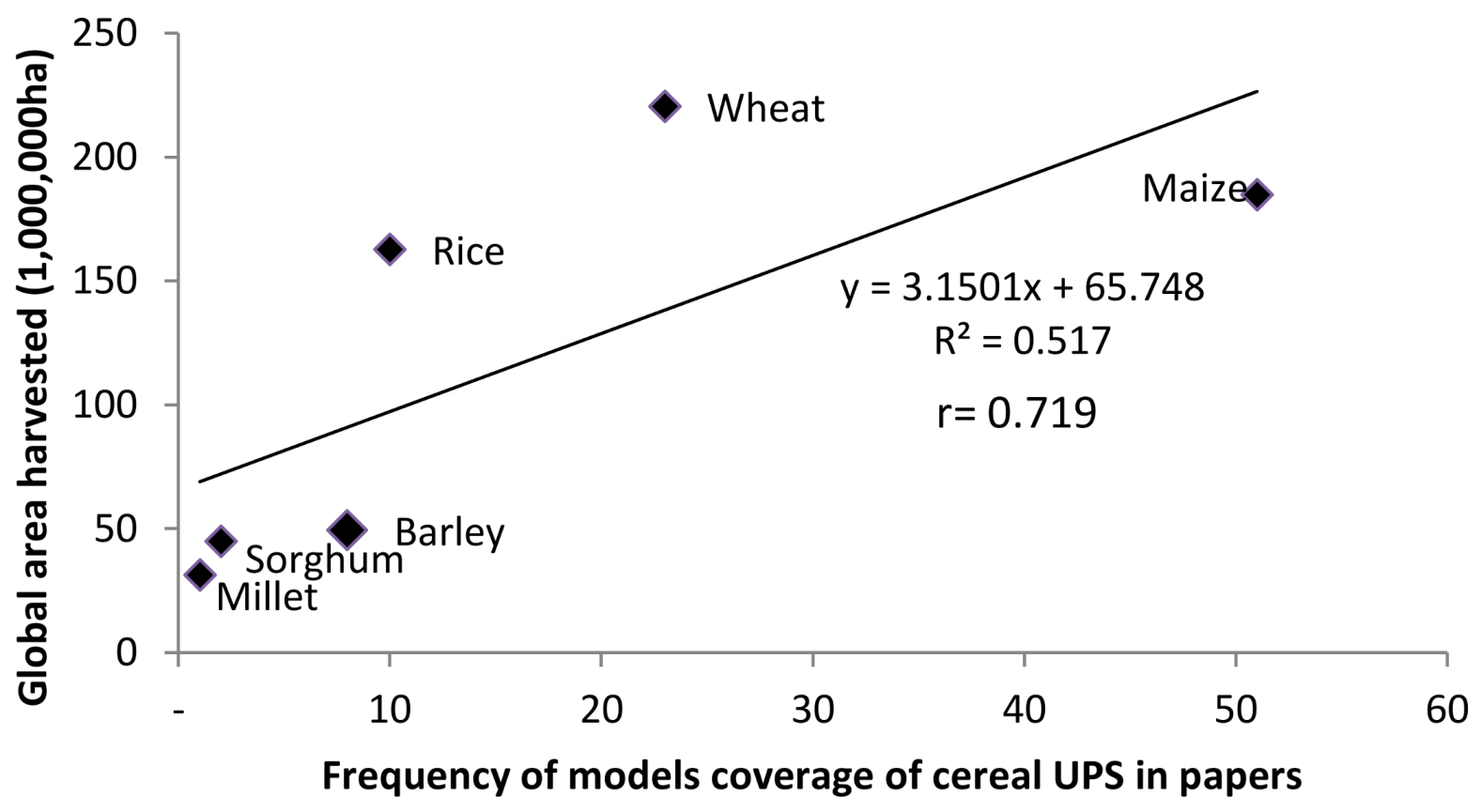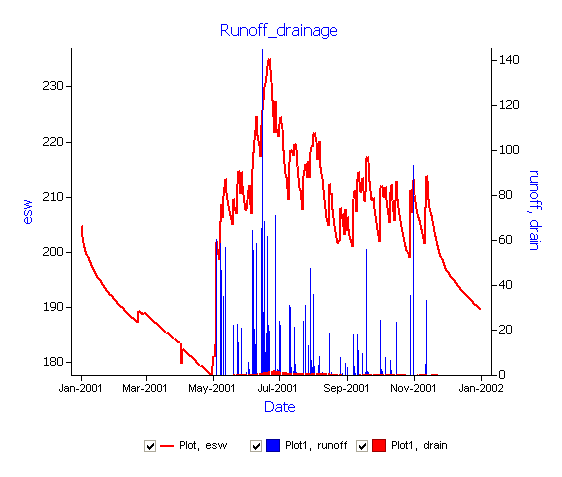
A 3D model is the mathematical representation of any three-dimensional object. Apart from the rendered graphic, the model is contained within the graphical data file. 3D computer graphics are often referred to as 3D models. In computer graphics software, the distinction between 2D and 3D is occasionally blurred 2D applications may use 3D techniques to achieve effects such as lighting, and 3D may use 2D rendering techniques. 3D computer graphics rely on many of the same algorithms as 2D computer vector graphics in the wire-frame model and 2D computer raster graphics in the final rendered display.

Such images may be stored for viewing later or displayed in real-time. High Level View 3D computer graphics 3D computer graphicsģD modeling / 3D scanning 3D rendering / 3D printing 3D computer graphics software Primary UsesģD models / Computer-aided design Graphic design / Video games Visual effects / Visualization Virtual engineering / Virtual reality Related conceptsĬGI / Animation / 3D display Wireframe model / Texture mapping Computer animation / Motion capture Skeletal animation / Crowd simulation Global illumination / Volume renderingģD computer graphics (in contrast to 2D computer graphics) are graphics that use a three-dimensional representation of geometric data (often Cartesian) that is stored in the computer for the purposes of performing calculations and rendering 2D images.

References Article Sources and Contributors

PDF generated at: Wed, 18:33:05 UTCīidirectional reflectance distribution functionīidirectional scattering distribution function PDF generated using the open source mwlib toolkit.


 0 kommentar(er)
0 kommentar(er)
